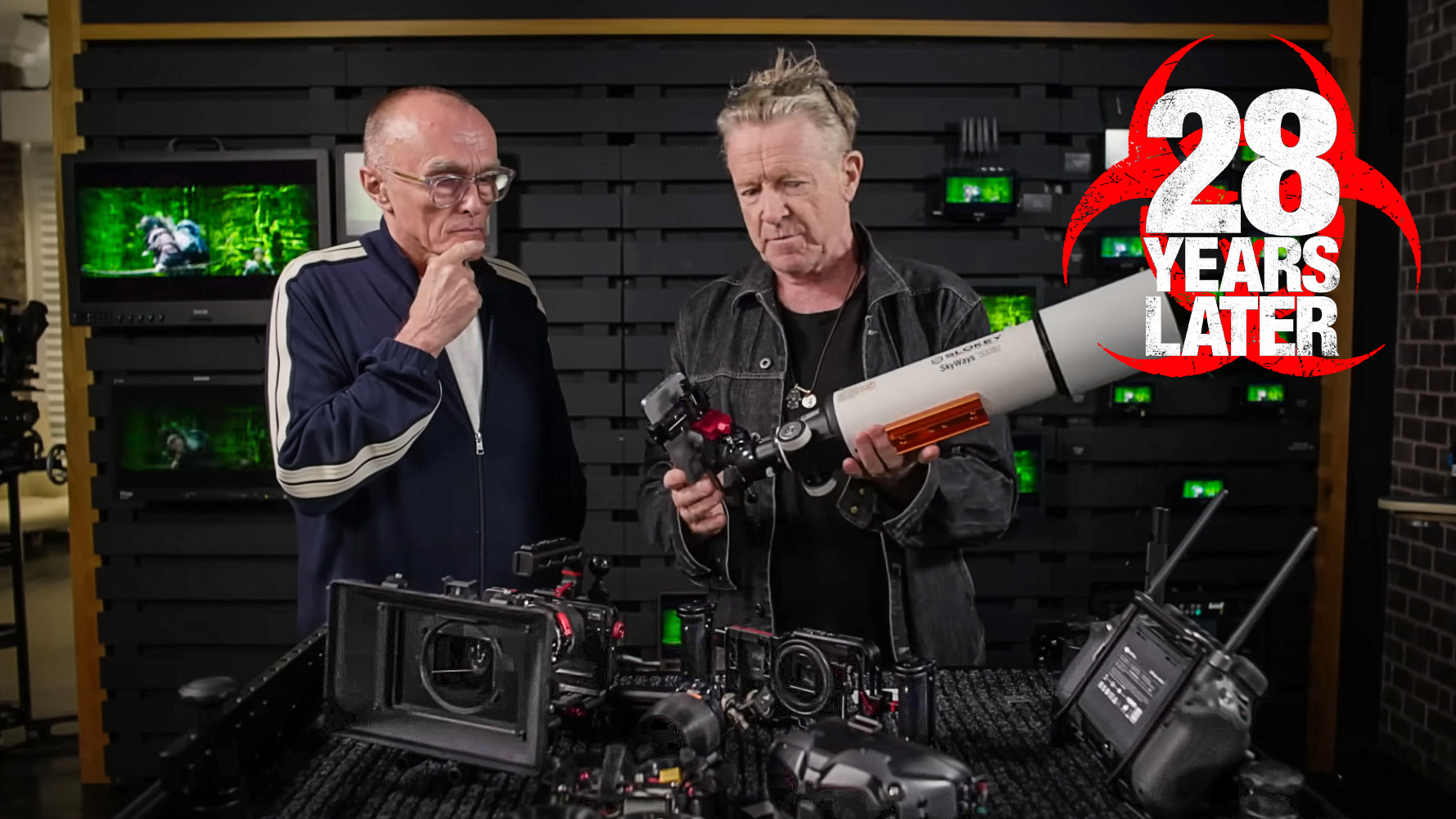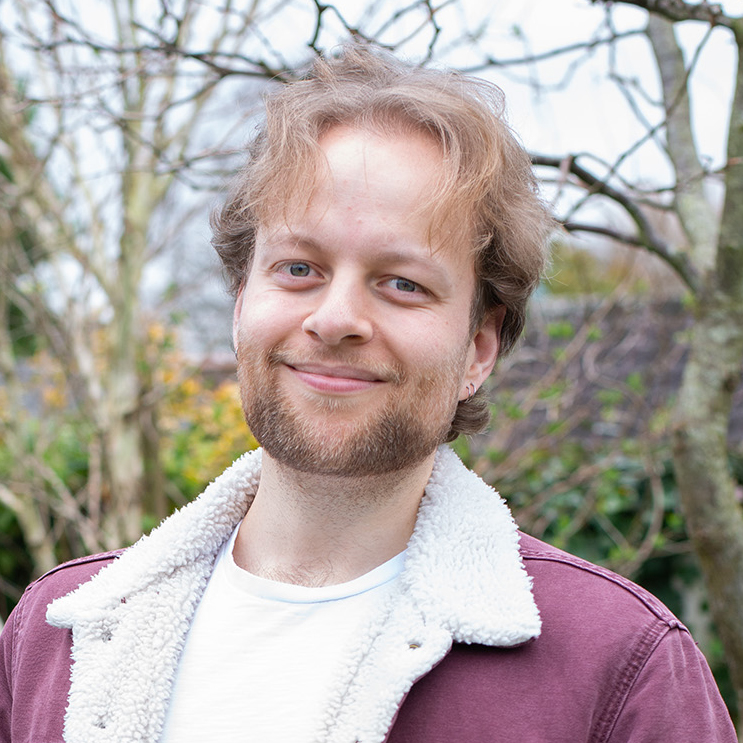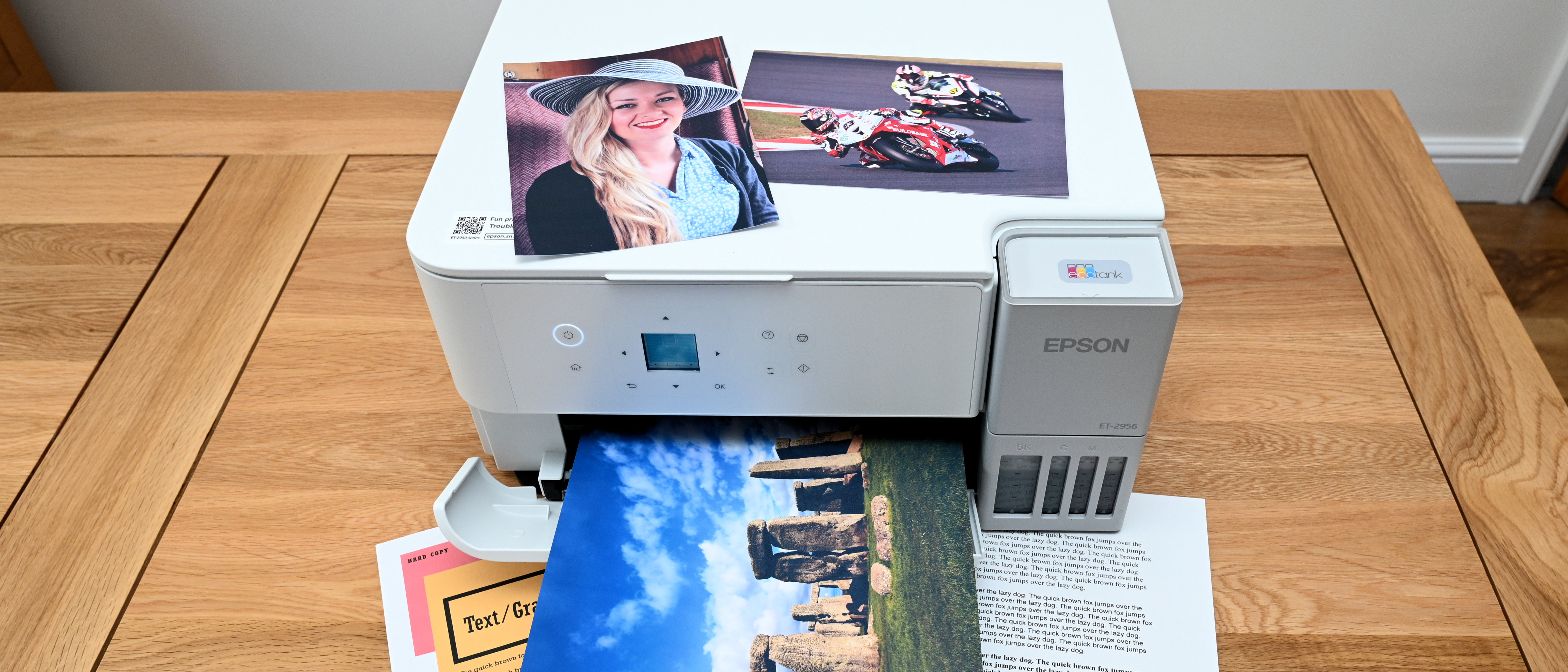It’s not hype – the iPhone 15 Pro Max really is all over 28 Years Later
Take a look at the iPhone rigs 28 Years Later director Danny Boyle and cinematographer Anthony Dod Mantle used to create the British zombie horror

It really does look like most of 28 Years Later was shot on an iPhone 15 Pro Max. I’ll be honest, I thought it was largely a clever bit of marketing and that iPhones were used sparingly, but a video on the Sony Pictures Entertainment YouTube channel takes a behind-the-scenes look at the gear used by Danny Boyle and cinematographer Anthony Dod Mantle – and most of it is smartphone equipment.
However, we’re not talking about a camera operator walking around with an iPhone in a MagSafe case. The iPhones used on 28 Years Later were dressed in various rigs, so they could be operated effectively. The simplest is a small rig with two handles on either side of the iPhone and an anamorphic optic that looks like a pancake lens. Anthony says: “My dear focus pullers can still control the image if they need to.”
ABOVE: Watch Boyle and Dod Mantle talk through the gear
What I found interesting is that the filmmakers decided to turn off image stabilization. You might think that’s a curious decision but, in spite of Apple’s sensor-shift tech, the iPhone’s Enhanced Stabilization zooms into the image slightly to digitally stabilize footage, which eats into the resolution – hence the decision to turn it off.
The next rig is a much larger and more professional-looking affair, and answers one of the big questions I had when I found out that the production was using iPhones: how do you pull focus? Well, you still use cinema lenses.
As Anthony explains: “A smartphone, an intermediate stage which converts this sensor into an imaging sensor capable of receiving a PL lens”. This enabled the filmmakers to use anamorphic or spherical lenses and accessories such as matte boxes and filters.
What I wasn’t expecting to see was a telescope mounted on an iPhone. Having seen the movie, I can’t quite remember where that might have been used, but what I do remember is plenty of FPV drone shots.
The best camera deals, reviews, product advice, and unmissable photography news, direct to your inbox!
As the filmmakers explain, the drone pilots wore VR goggles when filming to immerse themselves in the action. “It’s not just like the drone, the God’s POV,” says Anthony, “I wanted them to work with the actors as much as possible and become like a very dramatic character”.
And finally, Danny Boyle walks through the famous 20-iPhone rig. A half circle of mounted iPhones, which was used to create a 3D Bullet-Time effect. “You overhear the word 'immersive',” says Danny, “but this is an example of it, it puts you right inside it really. Because it changes the simultaneous perspective at any point, if you like.”
Camera talk is only part of the video, though. So make sure you watch the whole thing to gain some great insight into the pre-production process as Danny Boyle talks about Alex Garland’s incredible script, storyboarding and more.
I’ve seen the movie and I thoroughly enjoyed it. Not only does it manage to tap into the original’s uncomfortable brand of immersion, but the cinematography is genuinely outstanding. I love the fact that iPhones were so prevalent within the filmmaking process, and the film doesn’t suffer from it at all.
You might also like...
Want more zombie content? Is video fidelity a myth? 28 Days Later was shot in 480p! Plus, 28 Years Later shot on an iPhone 15 with a US$75 million budget! If you want to get creative with your phone, check out the best camera phones and the best lenses for iPhone and Android phones.

Mike studied photography at college, honing his Adobe Photoshop skills and learning to work in the studio and darkroom. After a few years writing for various publications, he headed to the ‘Big Smoke’ to work on Wex Photo Video’s award-winning content team, before transitioning back to print as Technique Editor (later Deputy Editor) on N-Photo: The Nikon Magazine.
With bylines in Digital Camera, PhotoPlus: The Canon Magazine, Practical Photography, Digital Photographer, iMore, and TechRadar, he’s a fountain of photography and consumer tech knowledge, making him a top tutor for techniques on cameras, lenses, tripods, filters, and more. His expertise extends to everything from portraits and landscapes to abstracts and architecture to wildlife and, yes, fast things going around race tracks...
You must confirm your public display name before commenting
Please logout and then login again, you will then be prompted to enter your display name.

